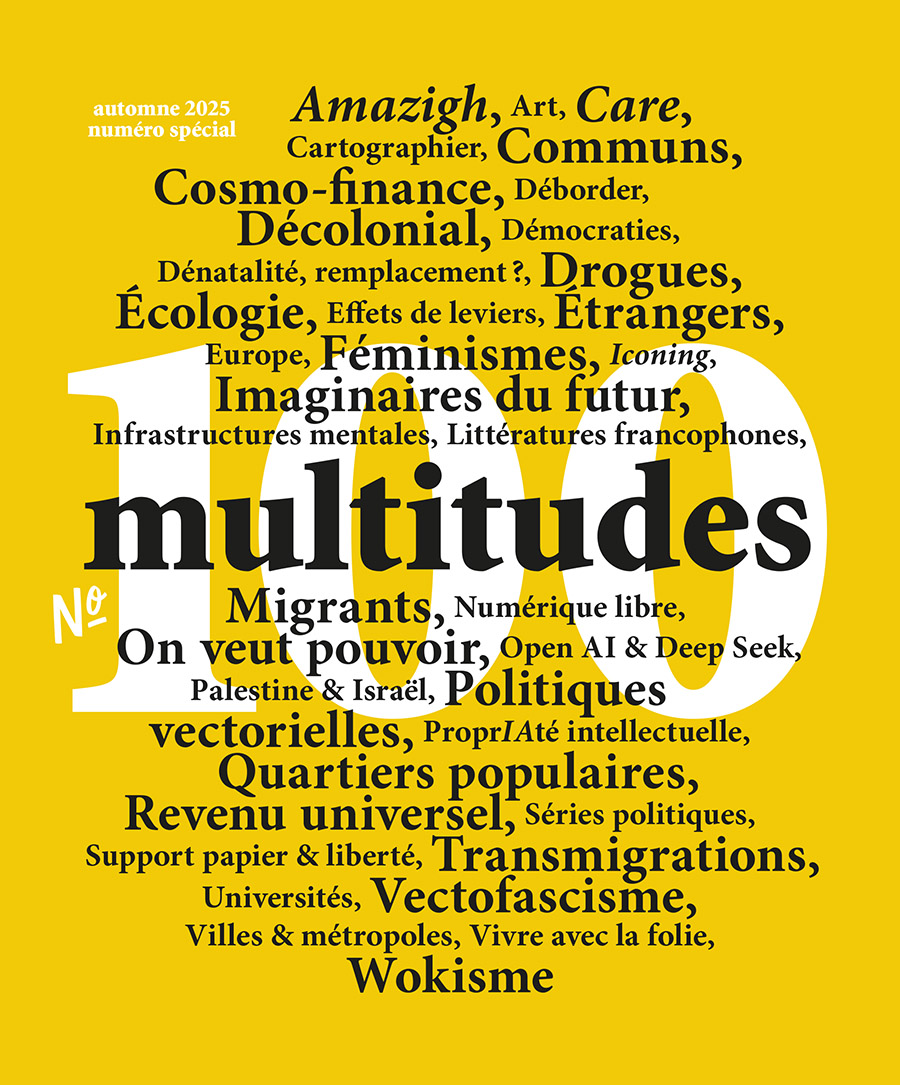Les leçons grecques, par Yann Moulier Boutang
La Grèce a quasiment disparu des écrans radars en août. Elle va réapparaître un court temps pour les élections de fin septembre qui diront si Alexis Tsipras a gagné son pari tout à fait raisonnable de garder le pouvoir, de permettre à Syrisa d’avoir la mise sur l’administration de la potion amère des réformes qu’il … Continuer la lecture de Les leçons grecques →
Introduction, par Blanc Nathalie et Christoffel David
Comment, et surtout pourquoi, parler aujourd’hui de « la nature » ? Il est souvent fait comme si le terme était discrédité depuis longtemps, comme si Victor Hugo et Karl Marx avaient été intériorisés, comme s’il y avait toujours de « l’histoire » (des interventions humaines, des rapports sociaux, des luttes politiques) derrière ce qui … Continuer la lecture de Introduction →

